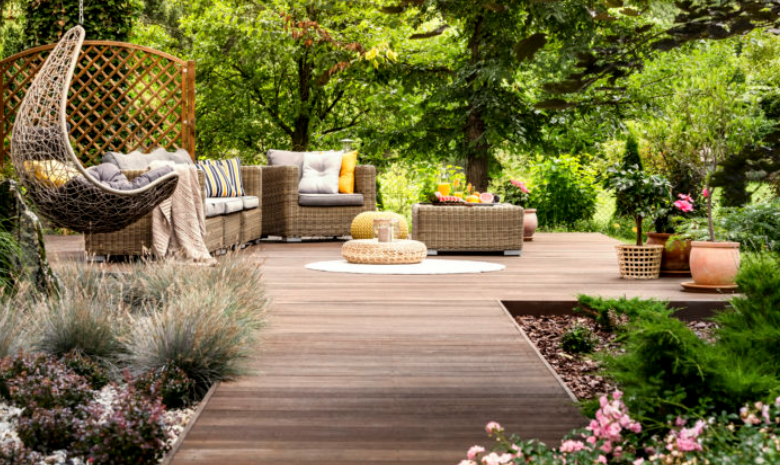Seasonal Color Accents: Using Annuals for Pops of Color

If your garden is starting to feel a little tired, annuals are the quickest way to give it a lift. They grow fast, bloom heavily, and bring rich color from planting time until frost. Because they only last one season, you can change your garden’s entire look every year without committing to a long-term design.
This flexibility makes annuals ideal for experimenting with bold combinations or introducing new shades that complement your home’s style. From fiery reds to calming blues, there’s an annual to match any mood or theme you’re aiming for.
Why Annuals Stand Out
Annuals offer more than just pretty flowers. They have specific advantages that make them a reliable choice for seasonal color:
- Instant impact – Many annuals bloom within weeks of planting, transforming a dull space quickly.
- Seasonal refresh – Swap out tired plants mid-year for fresh blooms in a different color scheme.
- Gap filling – Place them between slower-growing perennials to keep your beds looking full.
- Container versatility – Annuals thrive in pots, window boxes, and hanging baskets, making them perfect for patios or entryways.
See also: Essential Tools Every Homeowner Needs for DIY Repairs
Design Tips for Maximum Effect
Match plants to conditions – Sun-loving varieties like zinnias, marigolds, and petunias thrive in full light, while impatiens, coleus, and begonias handle shade beautifully.
Layer annuals with perennials – Use annuals to provide bursts of color while perennials act as the structural backbone of your garden. This keeps the landscape balanced and prevents bare patches.
Plan for transitions – In spring, plant warm-season favorites such as cosmos, verbena, or vinca. As temperatures drop, replace them with cool-season picks like pansies, snapdragons, or ornamental kale. This approach ensures your garden never has a “down time” for color.
Mix textures and heights – Pair low-growing annuals like lobelia with taller options such as sunflowers or salvia. This adds depth and visual interest, especially in larger beds.
Balancing the Pros and Cons
Advantages:
- Vibrant blooms all season.
- Ability to redesign yearly.
- Affordable way to experiment with color and texture.
- Works equally well in formal gardens or casual cottage-style plantings.
Trade-offs:
- Require replanting each year.
- Need consistent care—deadheading, watering, and occasional fertilizing—to maintain their best look.
Expert Insight
Gardeners who want professional results without the trial and error often work with landscapers north shore to plan and install annual displays. The right arrangement can make your property stand out, whether you’re after a soft, romantic look or a bold, high-contrast design.
For those who prefer to handle the planting themselves, the University of Missouri Extension guide offers practical advice on selecting and caring for annuals. It covers soil preparation, ideal planting times, and maintenance routines that keep plants blooming longer.
Final Thoughts
Annuals are a simple, effective way to keep your outdoor space lively and colorful. They let you experiment with new ideas each season, fill gaps between established plants, and ensure there’s always something blooming in your yard. While they do require a bit of replanting work, the payoff is a garden that feels fresh, dynamic, and perfectly in tune with the seasons.
By choosing varieties that match your conditions, pairing them smartly with perennials, and swapping them out as the weather changes, you can enjoy a garden that’s never static, always inviting, and uniquely yours.




